Preparation of the raw hide
The first step in the leather production is to prepare for tanning. This includes storing in a refrigerated place and sorting the qualities. In the soaking area, dirt and preservative salt are also removed from the hide.
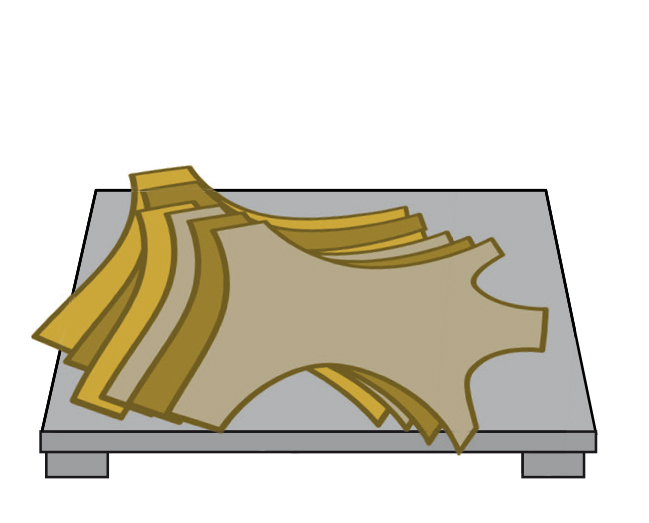
Storage and sorting
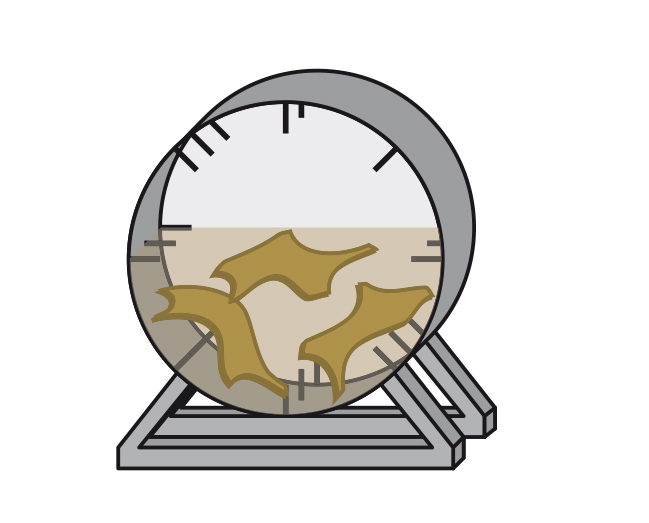
Steeping
From the raw hide to the pelt
The parts of the hide that cannot be converted into leather are then removed. The hides are dehaired in the liming process. During splitting, the leather makers separate the “leather split or grain split ” for smooth leather types and the “flesh split” for rough split leather. The result is the optimally prepared hide – the so-called pelt.

Fleshing

Liming

Splitting
Main tanning process
Experienced experts apply selected tanning agents to the hide – depending on the desired leather quality. The tanning process produces leather. Unlike the original hide, it is resistant, rot-proof, storable and suitable for transport. Which tanning method is used in the subsequent retanning process depends on the intended use. While, in the case of shoe soles, only tanning with plant extracts of chestnut, oak or mimosa is possible, mineral chrome tanning is used for upholstery, shoe upper and fine leathers. So-called chrome-free tanning, which has advantages in terms of the temperature-related shrinkage of the leather, is in demand in the automotive industry.
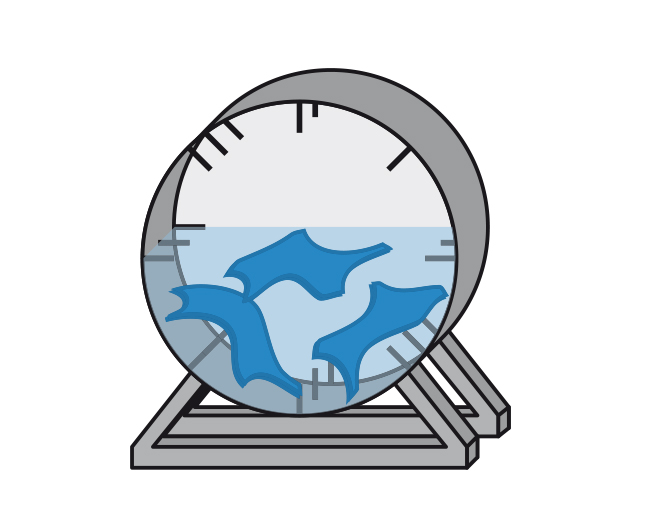
Mordanting, bating, tanning
Further work steps
The leather is drained, sorted according to quality criteria and the grain leather is brought to the desired thickness by shaving.
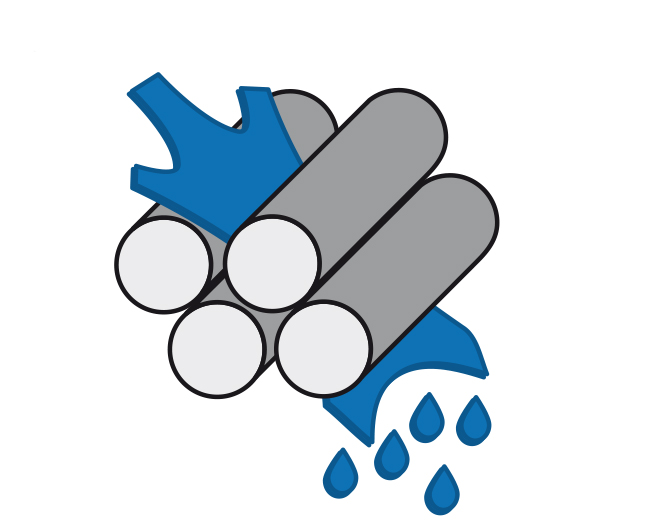
Withering
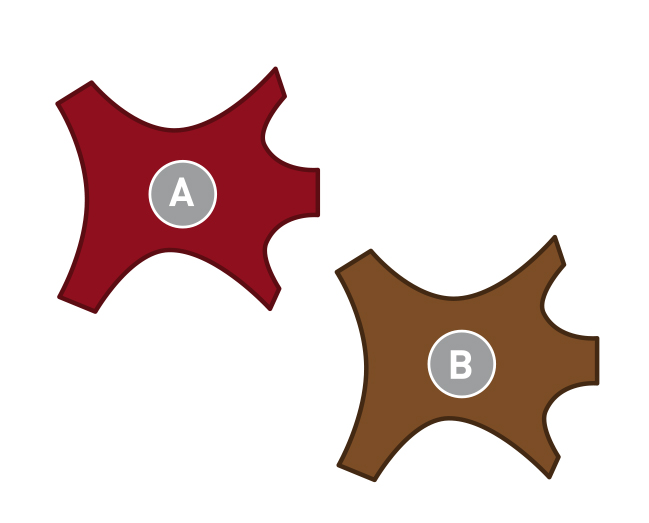
Sorting
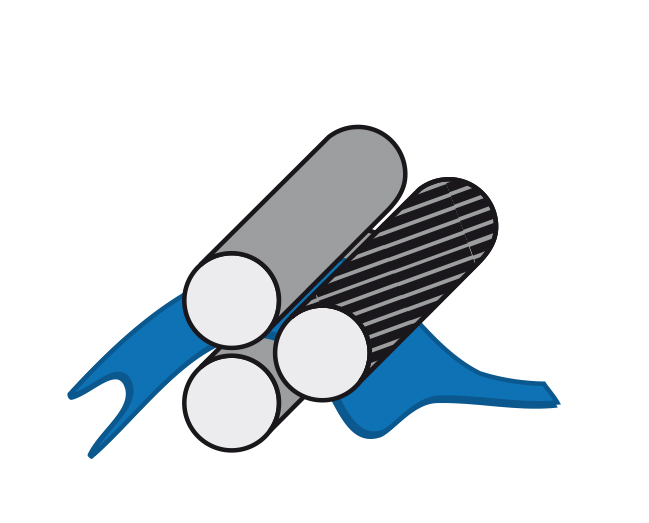
Folding
Neutralising, filling, dyeing and greasing
The leather is given its final character in the retanning process. Vegetable, synthetic or mineral retanning agents are used in this process. This is followed by dyeing, fatliquoring for suppleness and mechanical loosening of the fibre structure to fix properties such as elasticity or softness. Impregnation to reduce water absorption is the final step in this process, depending on the use.
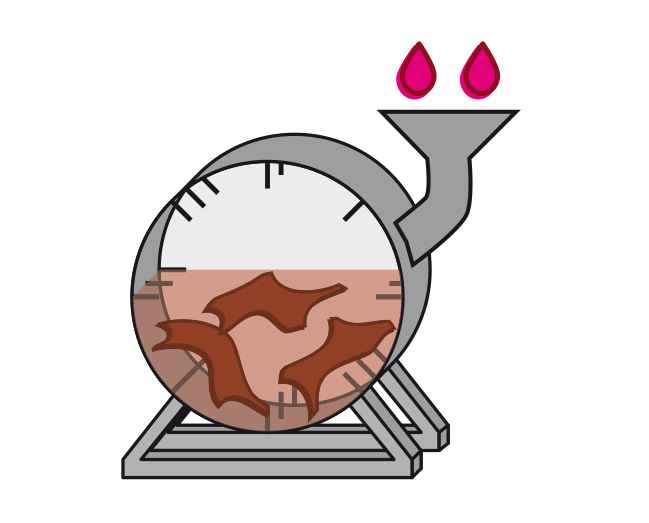
Neutralising, filling, dyeing, greasing
Setting out and finishing
The leather is dried and milled to soften it. In the final production step, known as (dry) finishing, the leather is given its final appearance and the finishing touches. This involves a series of mechanical and chemical treatments. In particular, the visual and fashion characteristics of the leather are optimised. This process also gives the different types of leather their typical characteristics, such as the velvety soft sanded nubuck leather. Patterns or attractive surfaces are created by printing or embossing.
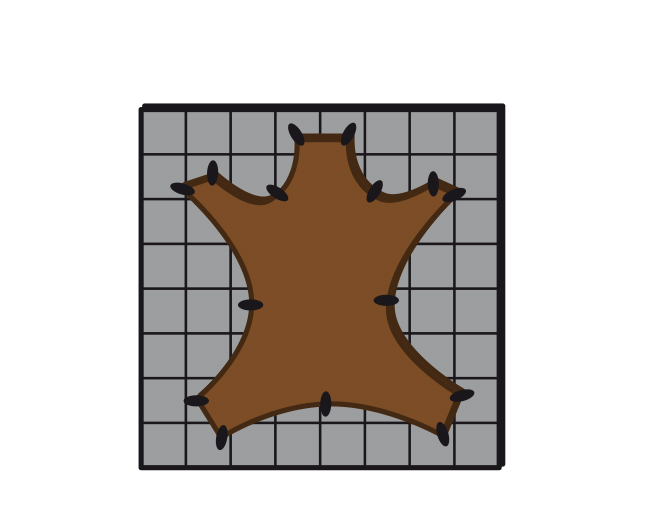
Stretching, drying
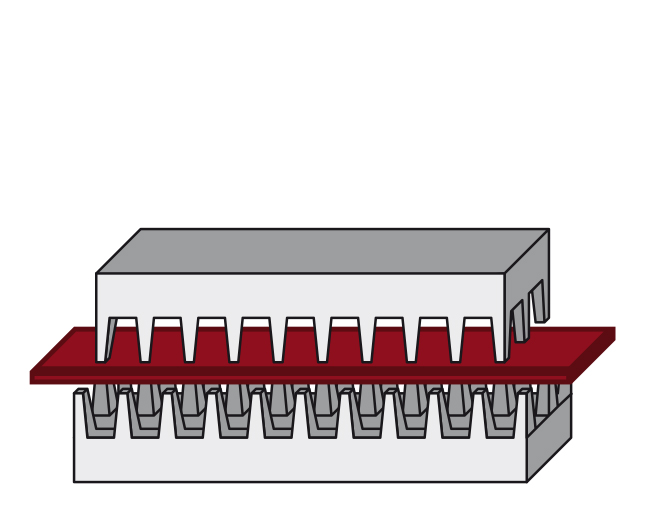
Breaking tool
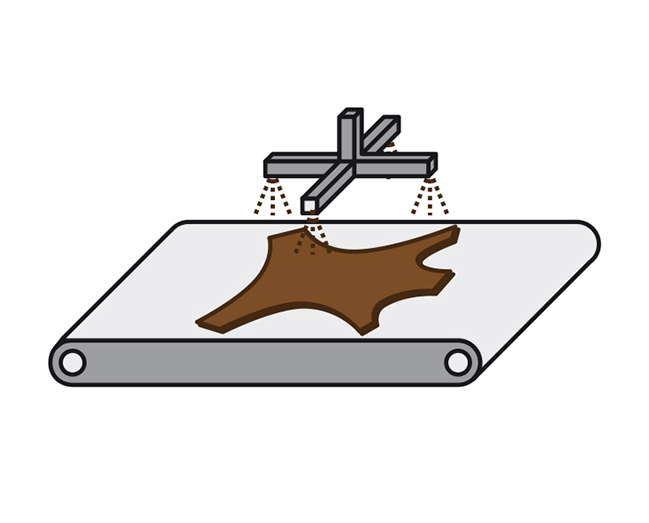
Finishing 1
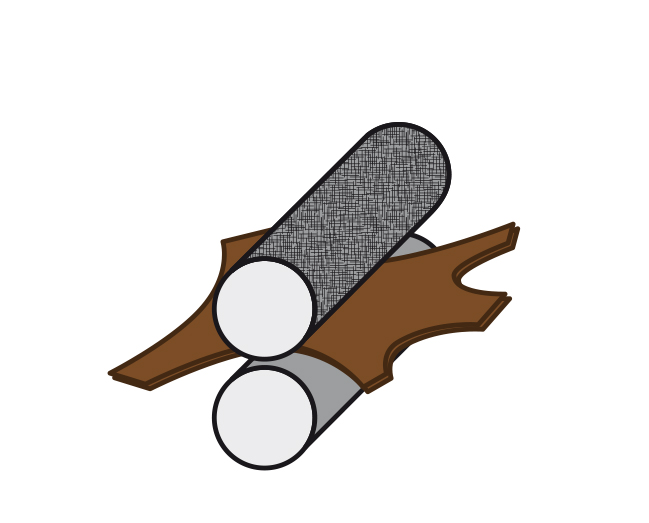
Finishing 2
